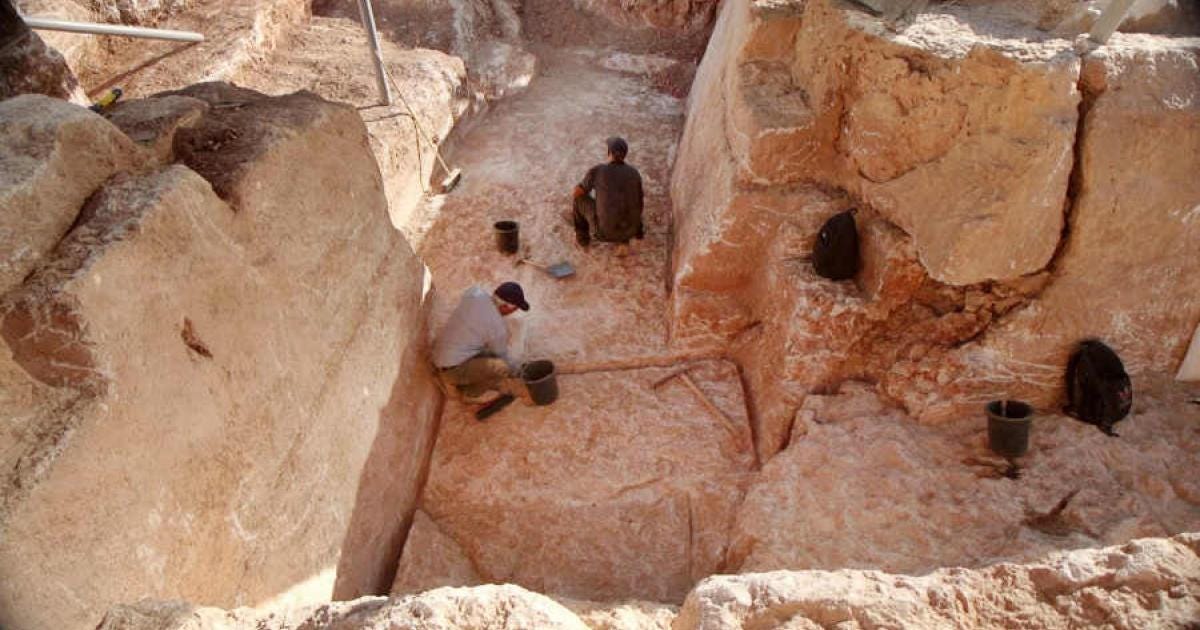Archaeologists Find Origins of the ‘Prayer Road’ of Jesus
Latest News
Reported by Ancient Origins:
A massive quarry dating back to the late Second Temple period has been uncovered in Jerusalem’s Har Hotzvim Hi-Tech Park, revealing a significant glimpse into the city’s ancient past. The excavation has exposed one of the largest known quarries from this era, extending over approximately 3,500 square meters (37,674 square feet). Stone quarried here would have been used for a large number of construction projects, including paving the ‘Pilgrims Road’, where Jesus and his disciples are said to have walked.
The Second Temple period, particularly during the reign of King Herod the Great (37-4 BC), was a time of extensive architectural development in Jerusalem. According to the Israel Antiquities Authority, the newly uncovered quarry in Har Hotzvim was likely a crucial source of stone for many of these projects. Archaeologists have found tens of large building stones, as well as quarrying and cutting trenches that indicate the massive scale of the stones being extracted.
Michael Chernin and Lara Shilov, excavation directors on behalf of the Israel Antiquities Authority stated:
"Most of the building stones extracted from here were huge rock slabs, whose length reached ca. 2.5 meters, their width was 1.2 meters and they were 40 centimeters thick."
The size and quality of these stones suggest that they were intended for use in some of Jerusalem’s most significant construction projects, such as the expansion of the Temple Mount and the construction of public buildings, palaces, and fortifications.
Notably, the stone slabs bear a striking resemblance to those used in the “stepped street” or “Pilgrim's Path” in the City of David, which was paved during the late Second Temple period under the Roman Procurators. The matching geological signatures between the paving stones and those from the Har Hotzvim quarry underscore the likelihood that they originated from the same source.
Read more here.



